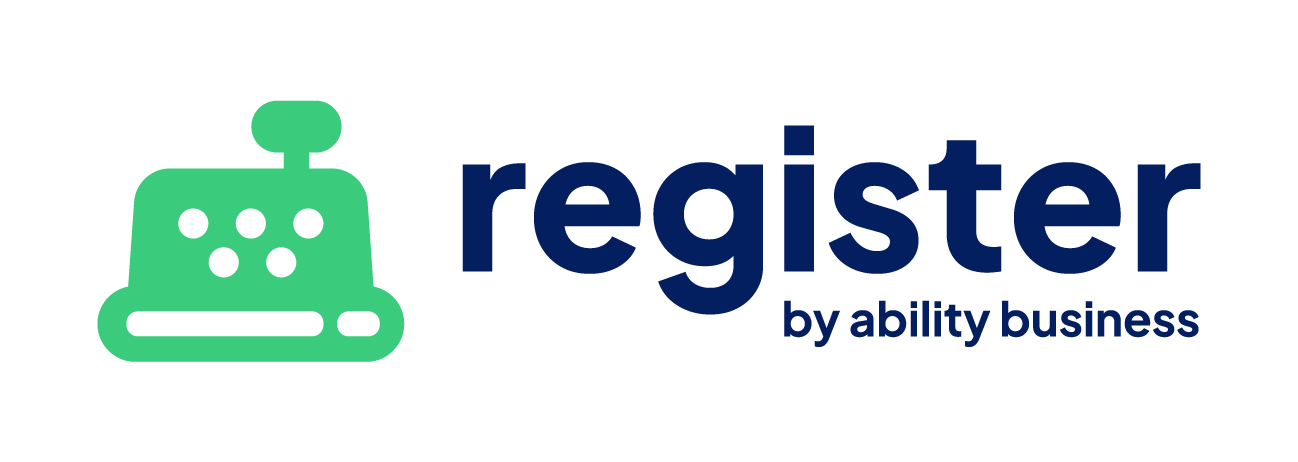- Understanding the Mapping Accounts Section in register’s Back-End Portal
Understanding the Mapping Accounts Section in register’s Back-End Portal #
How Financial Transactions in register Are Routed to the Right Accounts #
In a well-run business, it’s critical to ensure that every transaction ends up in the right place on your books. That’s where the Mapping Accounts section in register by ability business comes in. It’s your behind-the-scenes tool for controlling how your point-of-sale activity is recorded in QuickBooks Online—keeping your income, expenses, and liabilities accurate and easy to manage.
This guide walks you through what each mapping segment does and when it applies.
Product/Item Chart of Accounts: Mapping for Future Item Creation in register #
Currently, new item creation is not yet available within register. However, once this feature is supported, the following three mapping segments will control the default account assignments for newly created items. These settings do not affect any items created in QuickBooks Online.
Inventory Products/Items Chart of Accounts: #
- Assigns where income, inventory asset value, and cost of goods sold (COGS) are posted for inventoried items.
Non-Inventory Products Chart of Accounts: #
- Directs income and COGS entries for items that are tracked without inventory levels.
Service Products Chart of Accounts: #
- Sets the income and COGS accounts for service-based line items (like labor or consultations).
Note: These apply only to new items created directly in register once that functionality is live.
Bank and A/R Mapping: For register-Based Transactions #
The next set of mappings applies exclusively to transactions that are created and completed in register. These mappings do not control how transactions in QuickBooks Online are handled.
Bank Account Mapping: #
- Routes any Cash on Hand or Cash in Drawer entries from register to the designated bank or cash account in QuickBooks Online.
Credit Card Payments Mapping: #
- Assigns where funds from credit card transactions processed through register are recorded.
Accounts Receivable (A/R) Mapping: #
- Directs unpaid or “on account” sales from register to the appropriate A/R account, allowing you to track customer balances accurately.
Liabilities and Miscellaneous Mapping #
These last two segments are reserved for upcoming register features and are not currently active. They are included to prepare your account structure in advance.
Other Current Liabilities (sales orders | work orders | lay-away | gift cards): #
- Will eventually map customer deposits collected for orders like sales orders, work orders, layaways, or gift certificates—features not currently available in register.
Miscellaneous Expense (Cash Out of POS): #
- Will designate the account used for recording expenses paid directly out of the POS cash drawer (like petty cash usage).
Why It Matters: Features & Benefits Recap #
Cleaner Accounting with Less Effort #
- Every mapped segment keeps your financials organized and accurate with minimal manual entry.
Fewer Errors, Better Oversight #
- Ensures register activity flows to the correct QuickBooks accounts automatically.
Future-Proof Your Setup #
- Prepares your system for upcoming features like item creation, customer deposits, and more.
Final Thoughts #
The Mapping Accounts section may operate behind the scenes, but it plays a vital role in keeping your front-end transactions and back-end books perfectly aligned. By setting these correctly, you create a solid foundation for reliable accounting, reduced reconciliation time, and more confident financial management.
Because you’re syncing with QuickBooks Online, setting these accounts thoughtfully ensures a smoother and smarter workflow.


